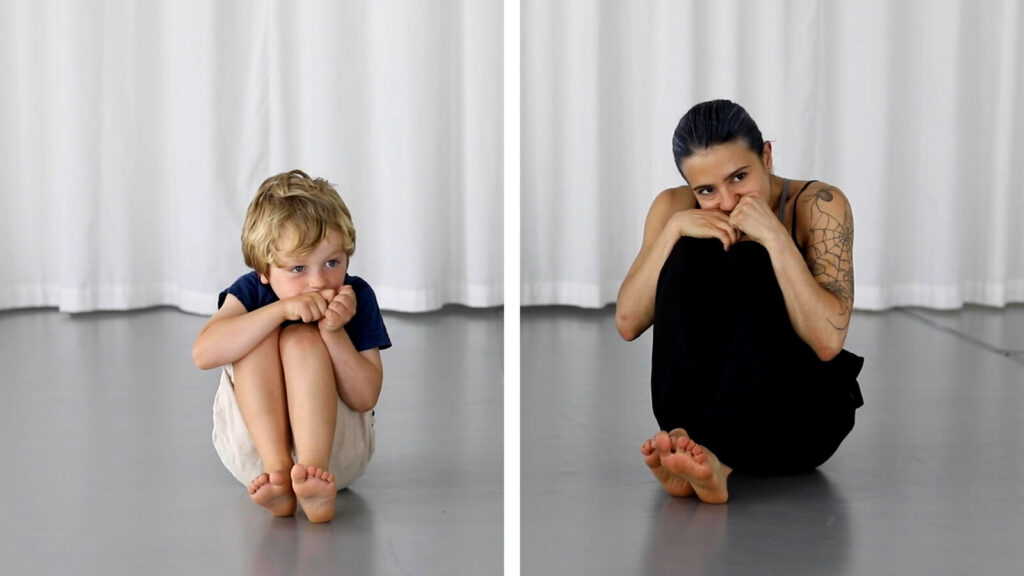1. What are some of your first impressions of Marina Abramovic’s performance works, based on the documentary? Use an image/example of one or two works to describe aspects you admire, and aspects you might agree are problematic?
My first impressions watching Marina Abramovic’s documentary ranged from a few different ideas, opinions and thoughts. I really admired her true passion for finding unique ways to portray an idea, feeling or message to the audience. A quote from Marina in the documentary says “performance will never be a regular form of art” which she clearly depicts in her works. Specifically, during Marinas performance ‘the artist is present’ she takes on a huge emotionally challanging role by not only keeping composure during the whole performance, but by taking on the weight of everyone elses emotions. Throughout the documentary I also saw the side of people who argue her work can be problematic. A lot of her performances include putting herself in danger and risk to harming herself for the sake of art, and although its all about a message she is trying to portray I personally think some performances like ‘rhythm 10’ could have portrayed the message in a safer way for her sake.
2. Discuss the ways performance art resists many museum and commercial artworld conventions. How does Abramovic solve/negotiate some of these challenges, and do you find these compromises add to, or undermine the ideas at play in her work?
Performance art often resists museums and the art market because it is lie, temporary and tied to the body. it also cannot be easily bought, sold or preserved. Marina worked through these challanges in a few ways. She used photos, videos and objects from her performances as lasting “artworks” that can circulate in museums. Her MoMA show ‘The Artist Is Present’ went een further, turning performance into the centerpeice of a major museum exhibition which drew huge public attention. Her compromises dont dilute performance-they expand its impact and ensures it remains part of the larger conversation about what art can be.
Turning the Gestures of Everyday Life Into Art – The New York Times

1. The Work and Its Challenges/Gifts
Katja Heitmann’s project Motus Mori, is about turning everyday human gestures into art. Instead of recording them on video or writing them down, she and her dancers preserve them directly in their bodies, creating a living “archive.” This means every fidget, twitch, or unique movement a person does becomes part of an ongoing performance. The challenge here is obvious: movements are fragile and fleeting. Unlike digital files, they can be lost if the dancers stop practicing or forget them. But that’s also the beauty of it—the archive is alive, constantly breathing and changing. It’s intimate and deeply human in a way that data on a screen never could be. That fragility makes the work both risky and precious.
2. Striking Examples of Movements
Two examples stood out to me. The first is Mahat Arab’s anxious habit of cracking his knuckles while driving or talking on the phone. Something most of us would consider a nervous tic becomes, through Heitmann’s lens, a meaningful and personal movement worth saving. The second is the woman who always tucked her hand into the waistband of her leggings. It’s such a small, ordinary gesture, yet it says so much about comfort, restlessness, and individuality. What’s striking about both examples is how easily these tiny, unconscious actions—things we hardly notice about ourselves—can become powerful markers of identity when someone else pays close attention.
3. Movements of People I Know
When I think about the people closest to me, their unconscious gestures reveal a lot about who they are. My mom, for example, has a way of tapping her fingers when she’s deep in thought, almost like her body is working out ideas before she says them. My best friend tends to bite the inside of her cheek when she’s nervous, a small gesture that gives away her tension even when she’s trying to stay calm. And my brother has a slouched but easy stride, his posture relaxed yet still somehow purposeful. These movements might seem ordinary, but they capture personality in ways words often can’t—they’re like little signatures of how each person carries themselves in the world.
Leave a Reply
You must be logged in to post a comment.